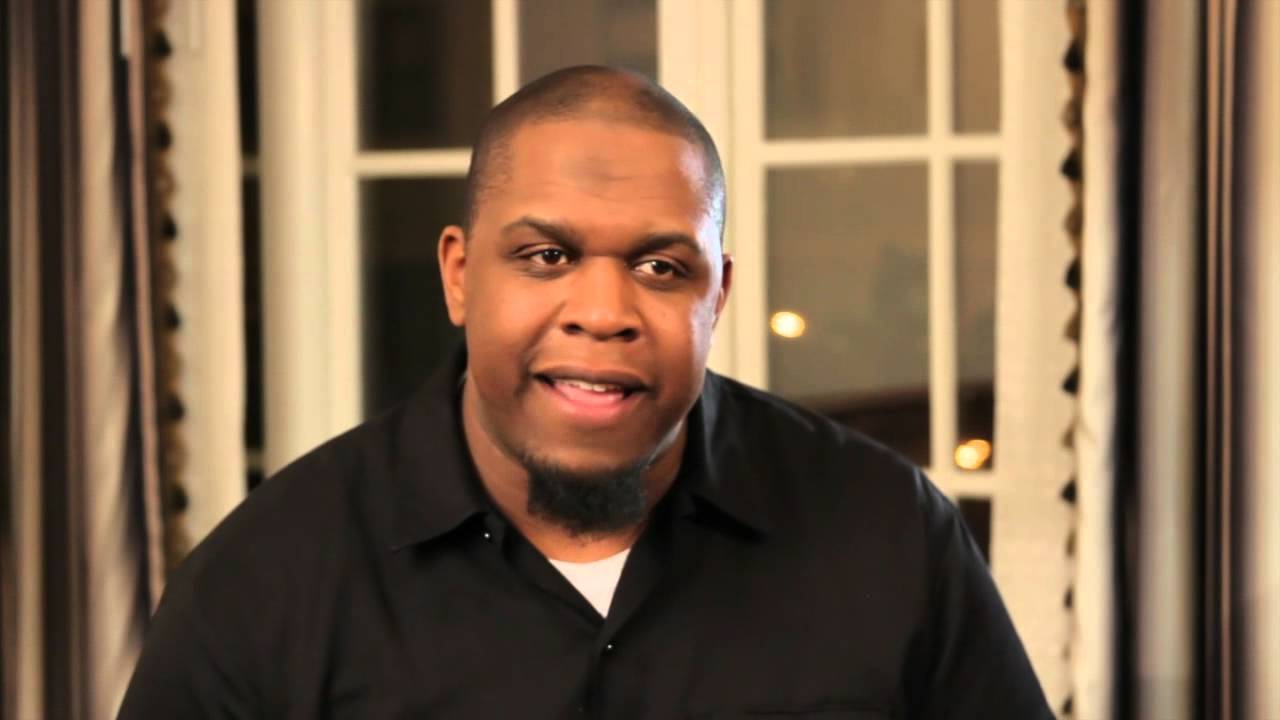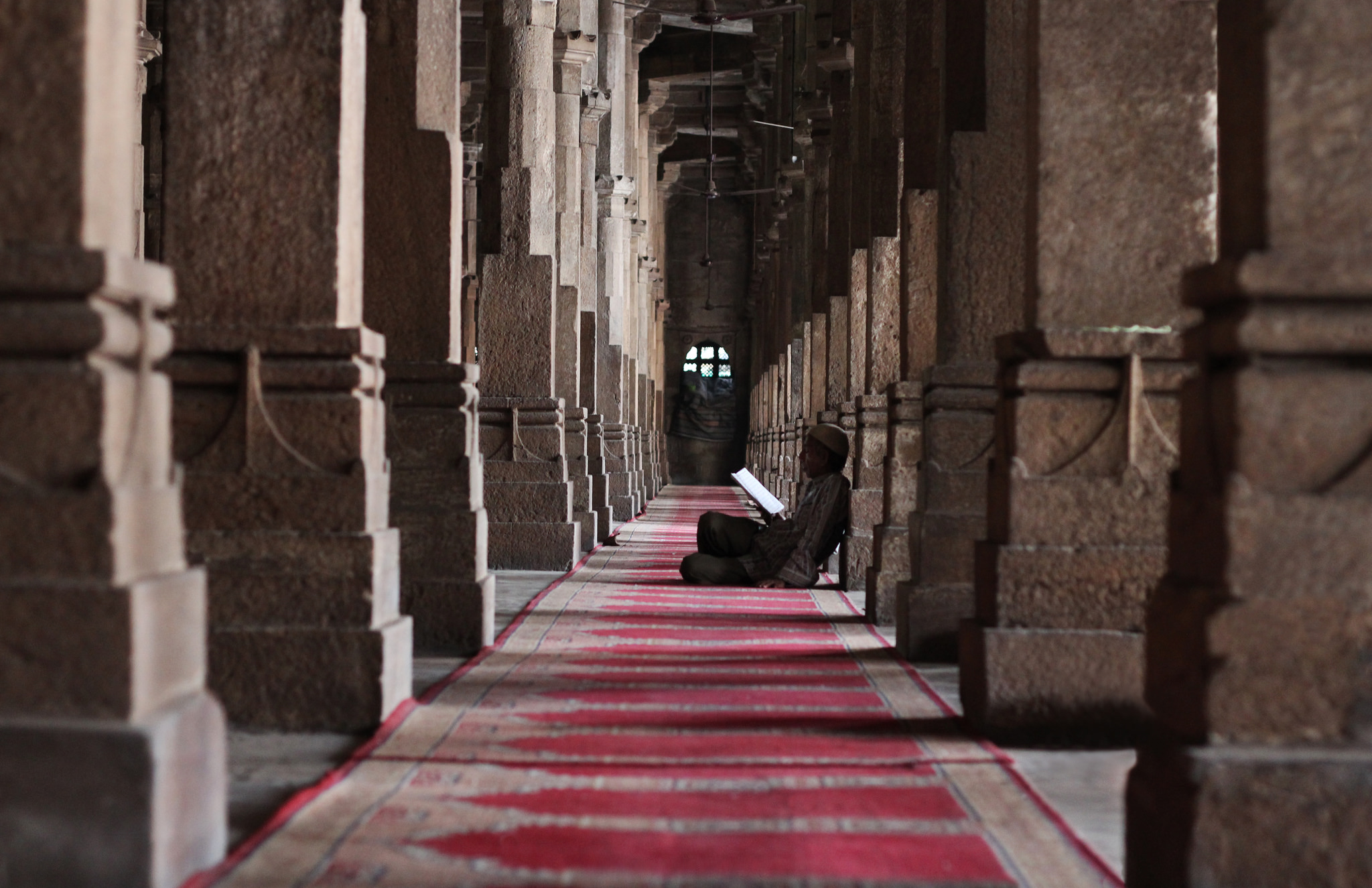Finding black Muslim women in mainstream media circuits can be like finding a needle in a haystack. Most of the representations of Muslim people are confined to Arab and South Asian people, which are both the faults of mainstream producers and Muslim-owned media makers. However, it leaves other communities within the broader Muslim community feeling left out and underrepresented. So what does it mean to be a black Muslim in America? Nur Media decided to bring together black Muslims to talk about Islam and what it means to be Muslim in the West.
In the webseries (available on Youtube), “Ask a Muslim,” producers have brought together figures like Dr. Jamillah Karim, singer Sumayya Ali and Dr. Su’ad Abdul Khabeer, along with comedian Omar Regan and poet Amir Suleiman and others.
Planned as a 9-part series, with the first upload in August of 2012, the videos are structured into different topics, whereby non-Muslims pose questions about Muslims and Islam. The first episode, “Burqas and Beards,” addresses the reasons why Muslim women cover and why some men grow beards. Other episodes tackle issues of “Law and Order,” “Belief,” “Revelation” and “Big Muslim Love,” this last one focusing on the contention on men having four wives and if Muslims believe in love.
After watching some of the episodes, I found it refreshing to see black Muslims talking about Islam; however, there is a lack of context given around the complexities of being black, Muslim and a man or woman in America. The web-series is presented as a means to deliver dawah to non-Muslims wanting to understand the religion; therefore, black Muslims who are either born into or converted to the religion may not find it to be that useful.
It would be interesting for the people on the webseries to discuss the nuances and complexities of holding multiple ideas that a constructed as dangerous by mainstream American society. A few years ago, Dr. Jamillah Karim wrote a book entitled, American Muslim Women: Negotiating Race, Class, and Gender within the Ummah. An episode that could begin to unpack the interplay of race, class and gender within the Muslim community would be useful for all Muslim, regardless of their racial identity to begin talking about topics that are often swept under mosque carpets. There is a specific complexity behind holding certain identities in America. To be black is to carry the histories of slavery and blatant racist policies that carry on into current times, whereby high incarceration rates of black men in America and particular violence that happens in ghettoized communities are manifested. Add a Muslim identity into the mix, and you are further viewed with suspicion for your perceived propensity towards terrorism and state-directed violence. Furthermore, for black Muslim women, the symbolic images of Mammy, Jezebel, and Welfare Queen shape American society’s perception of who you are.
Overall, the series does not highlight the interlocking systems of how racial, religious and sexual identities influence how an individual is treated in America. Nor does the series push any boundaries in complicating issues of sexual identity and plurality of beliefs. To not delve into how racism, Islamphobia and sexism affect black Muslim communities, is a safe move. The black Muslim community, and the Muslim community as a whole, needs media makers to tell real stories that go beyond the niceties of “look, you see, we are just like everyone else.” To be Muslim, to be black, to be a woman, to be queer, to be whoever other than the mainstream, is not to be like “everyone else.” This is not because of the values that we may hold, but it is due to the constant workings of being told that we are strange, deviants and dangerous. There is a real danger in putting a lot of our energies into being apologetic, for it stalls the growth of a community, both collectively and as individuals. However, there were a few instances when questions were taken critically. In response to one question in the video “Law and Order”, the question of “How do Muslims feel about fake Muslims?” some members clearly vocalized their contempt for “fake Muslims” while others questioned what a “fake Muslim” is.
And although it may be a bit of a stretch, the inclusion of queer or trans voices would further enhance discussion on the nuances and inclusions of reconciling gender identities and sexualities with race faith and religion. As I watch this series by black Muslim media makers, I hope that their future initiatives will try to complicate discussions amongst the Black Muslim community.
This article was originally published on Muslimah Media Watch on Patheos.





